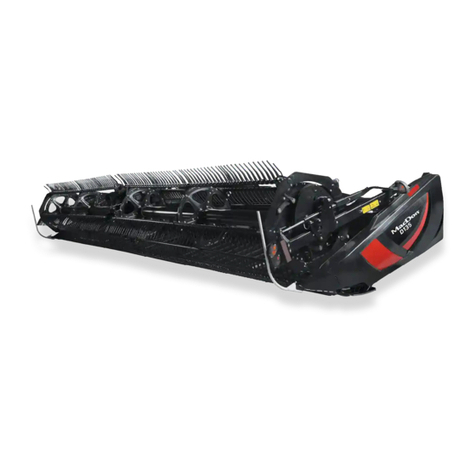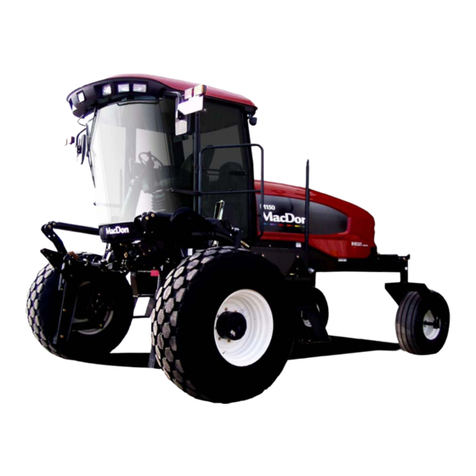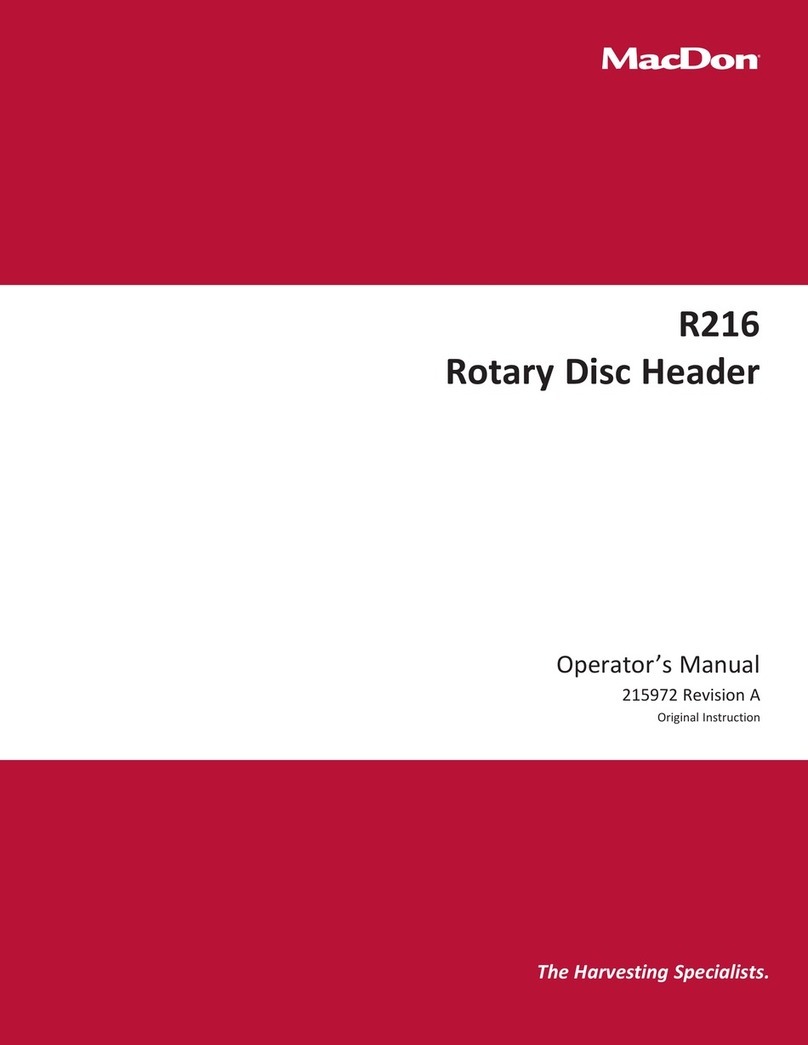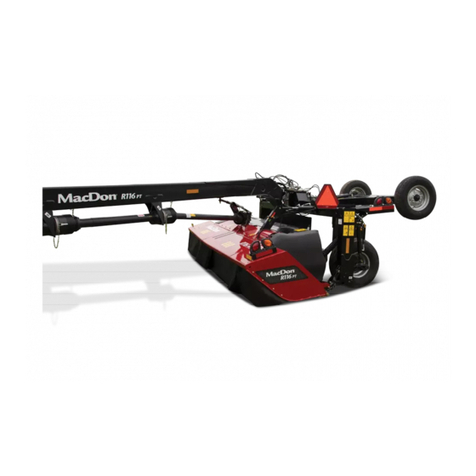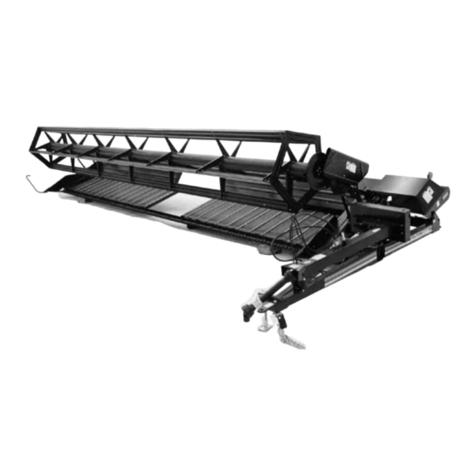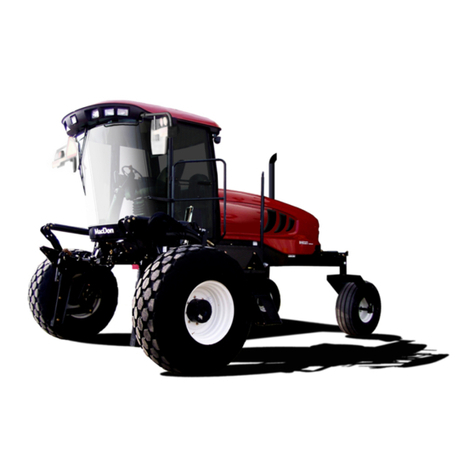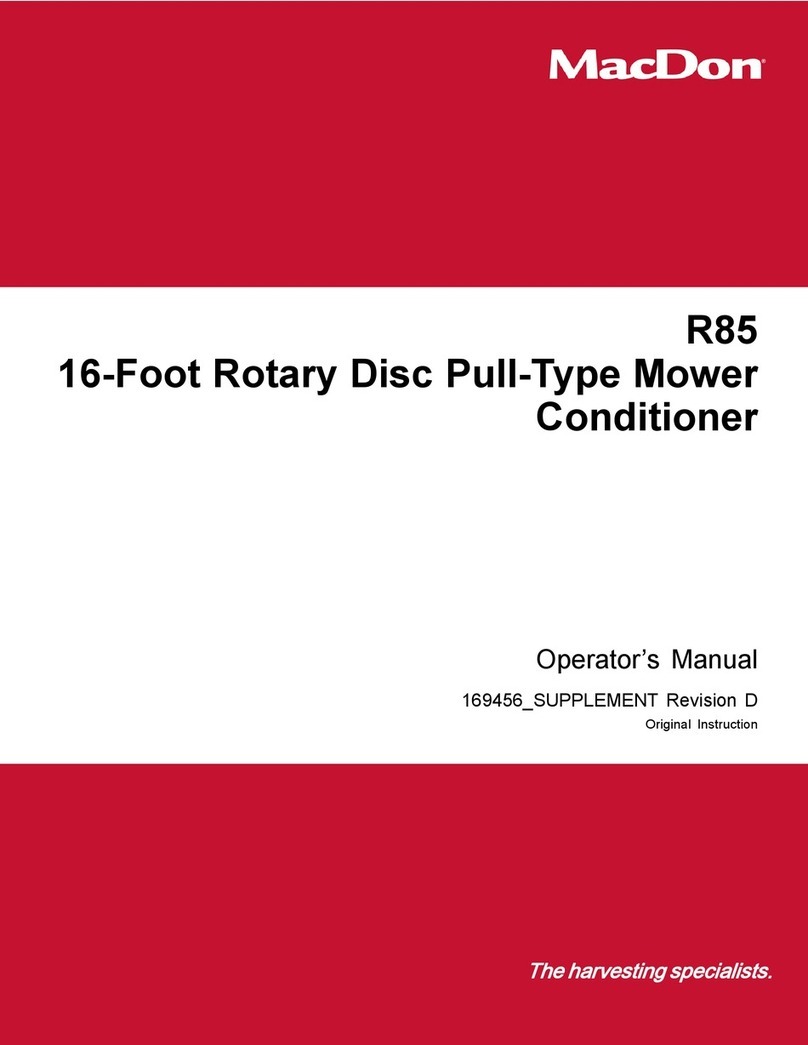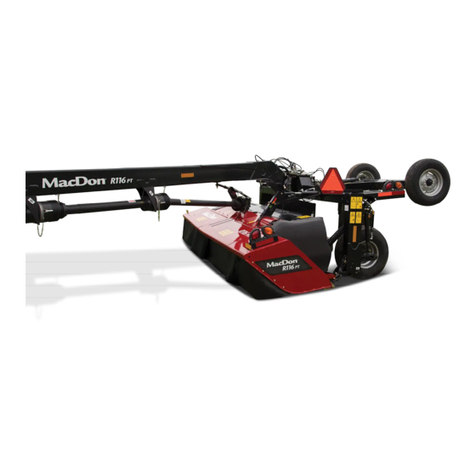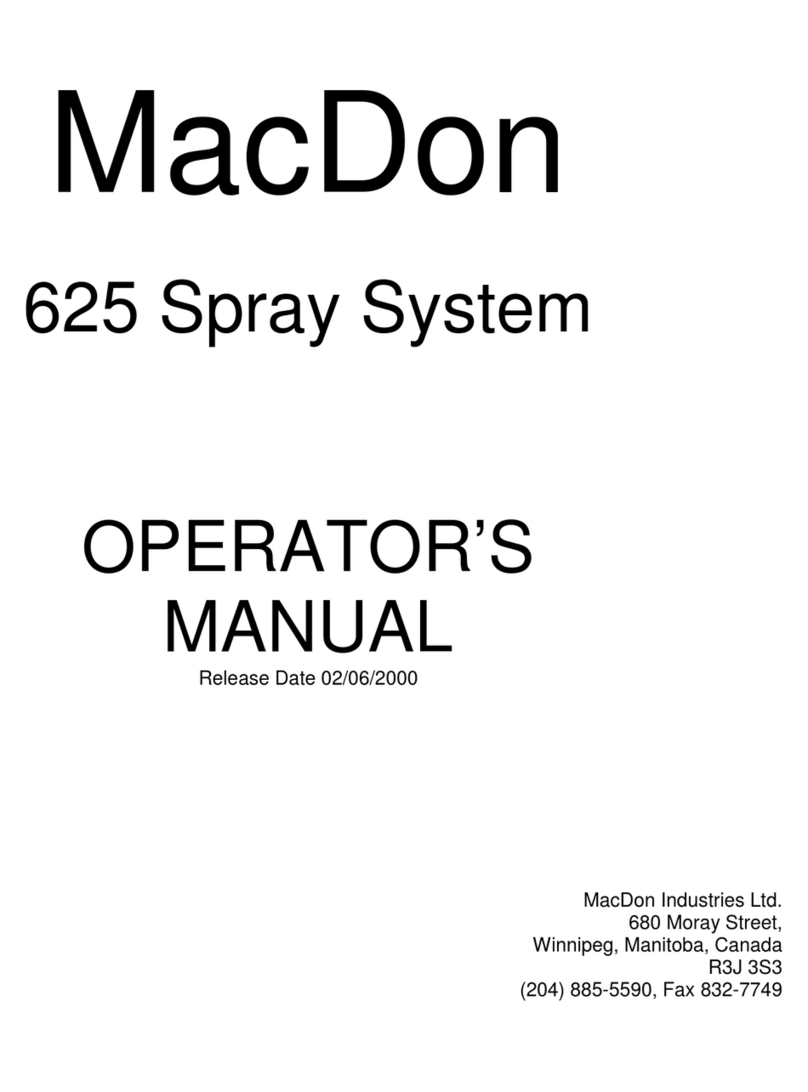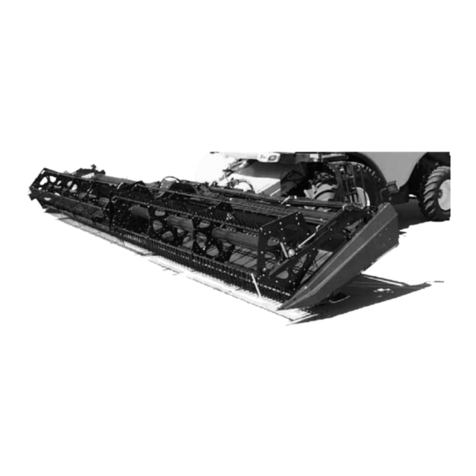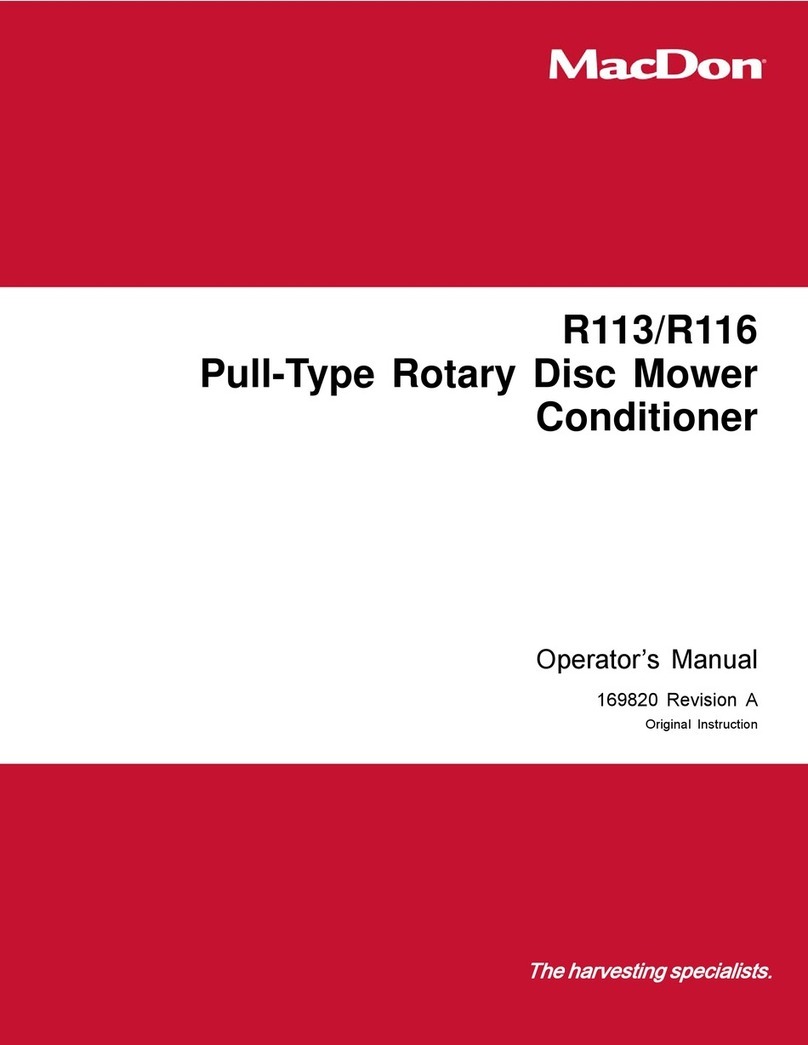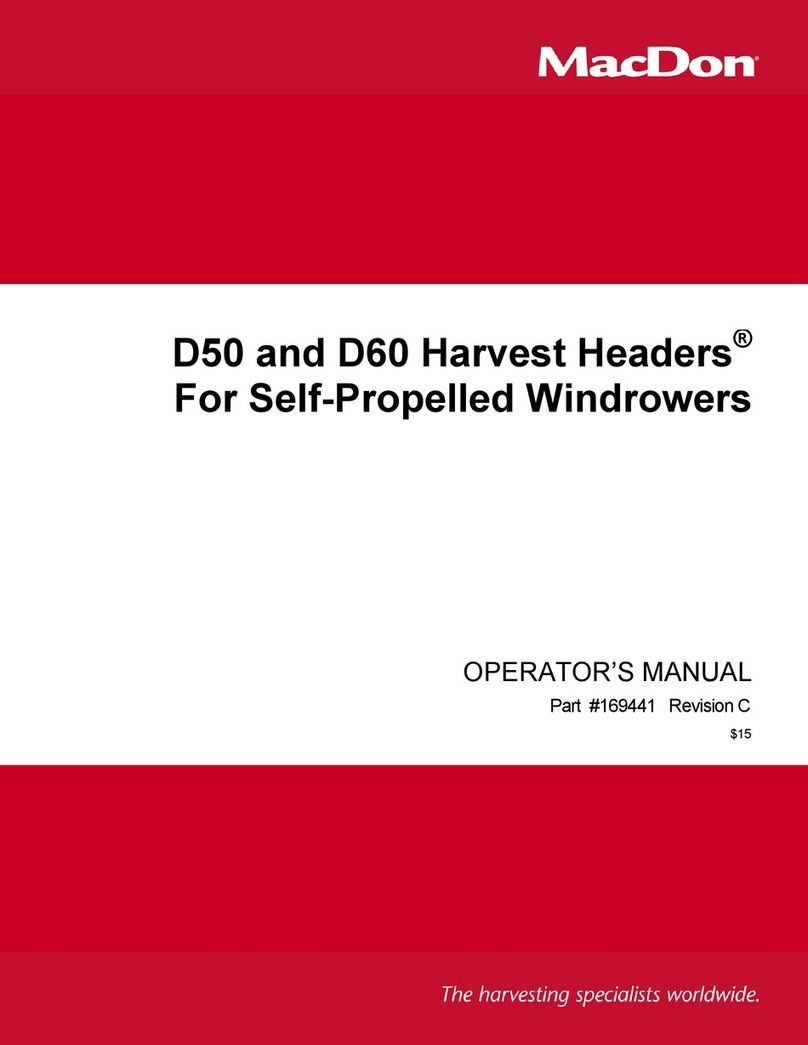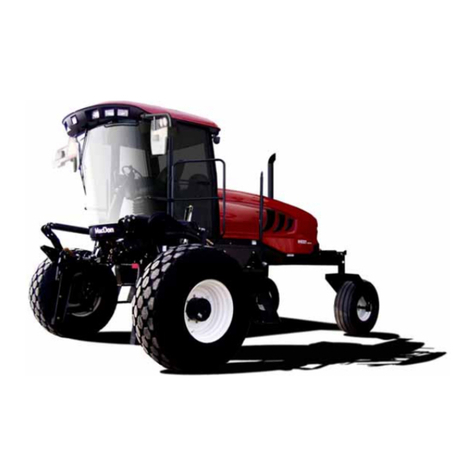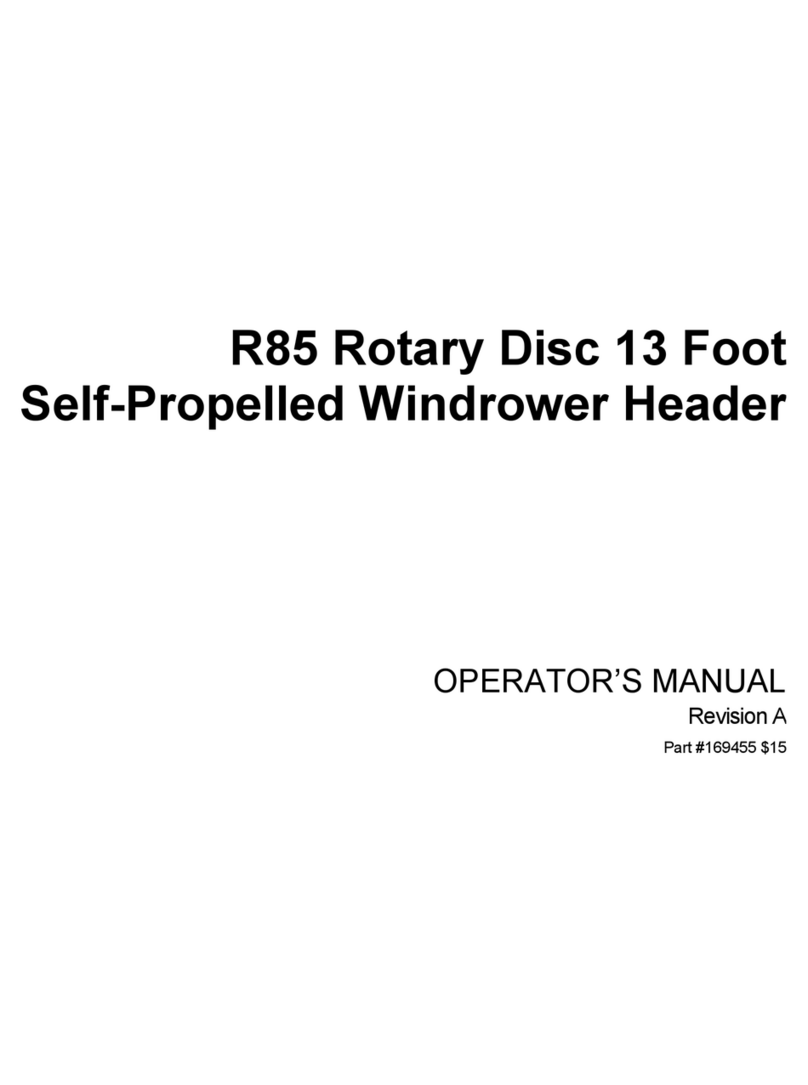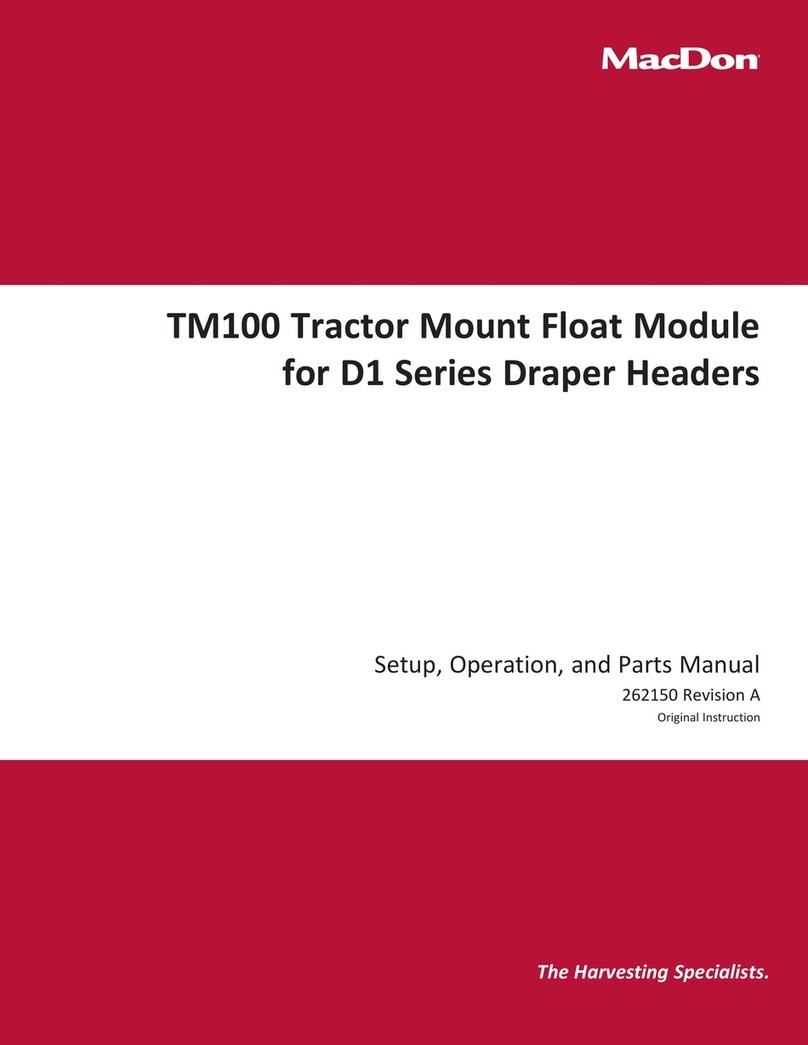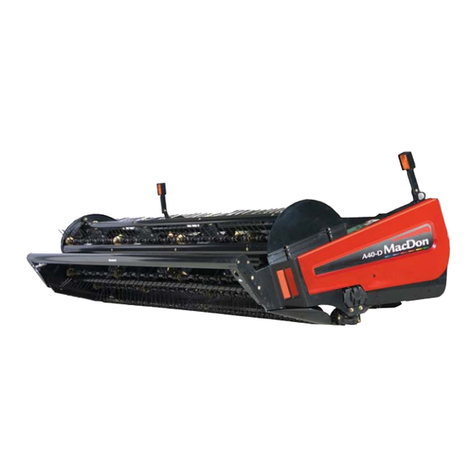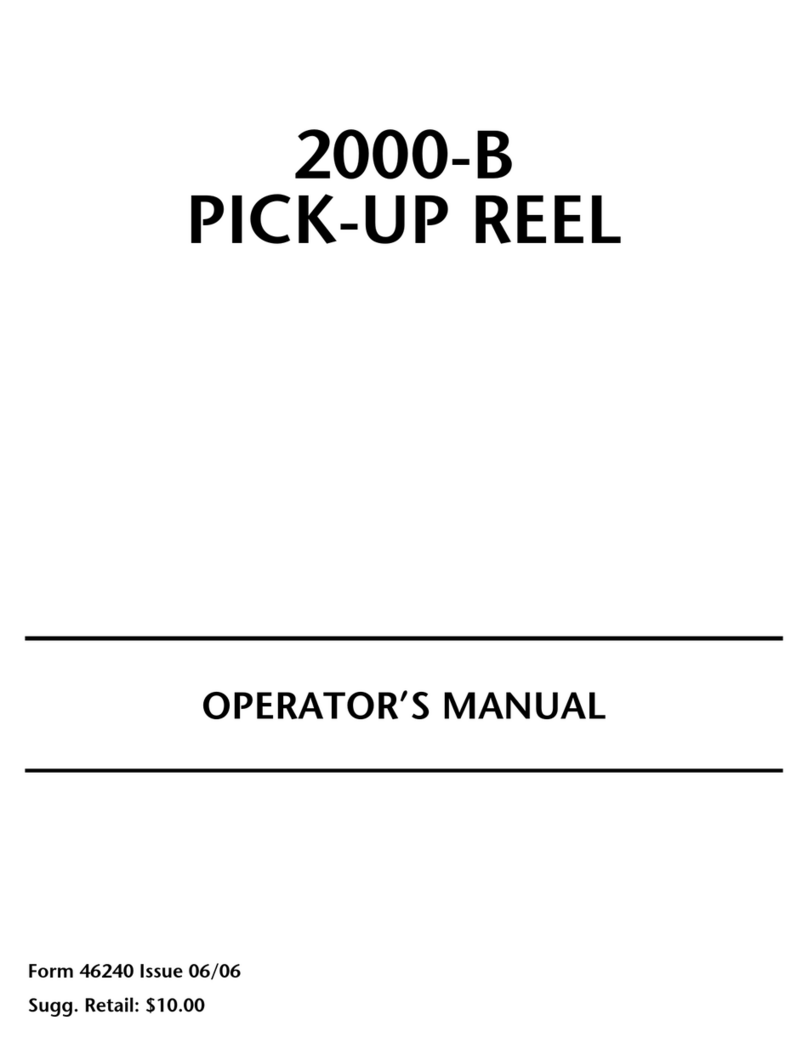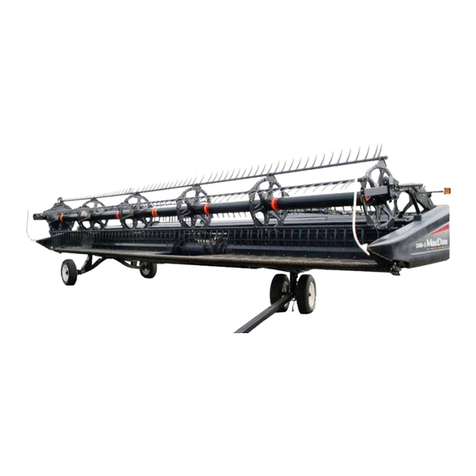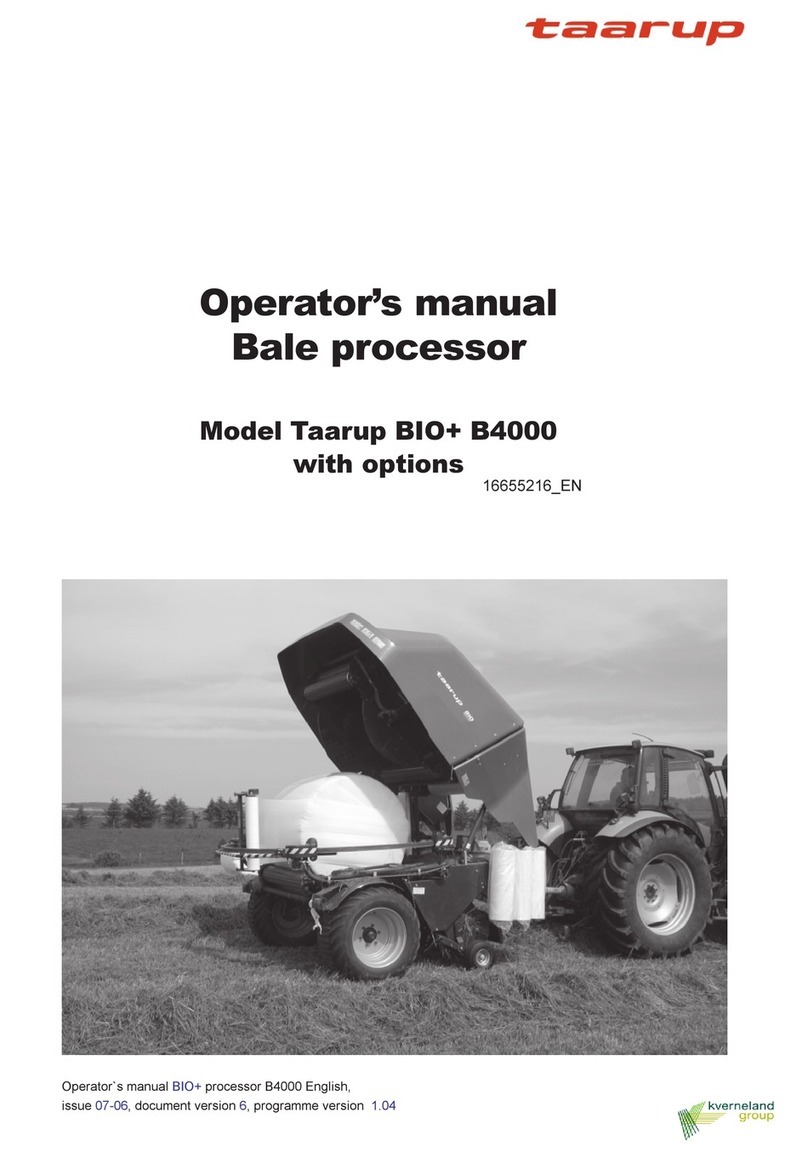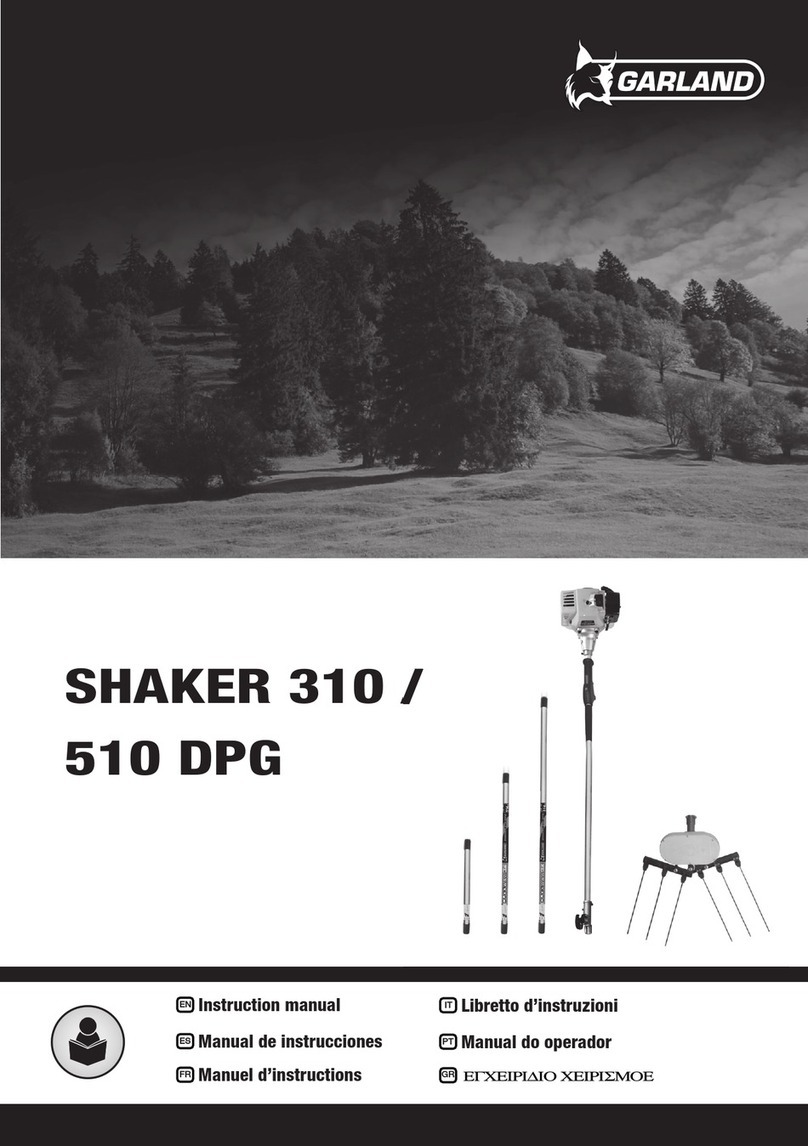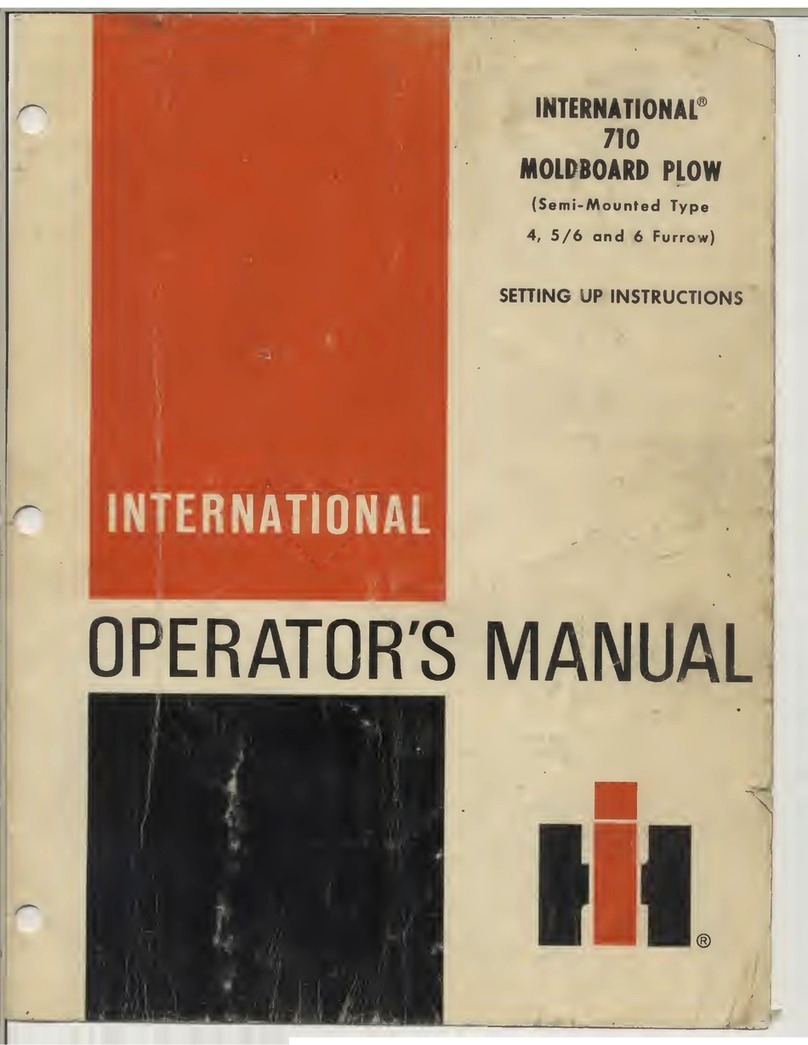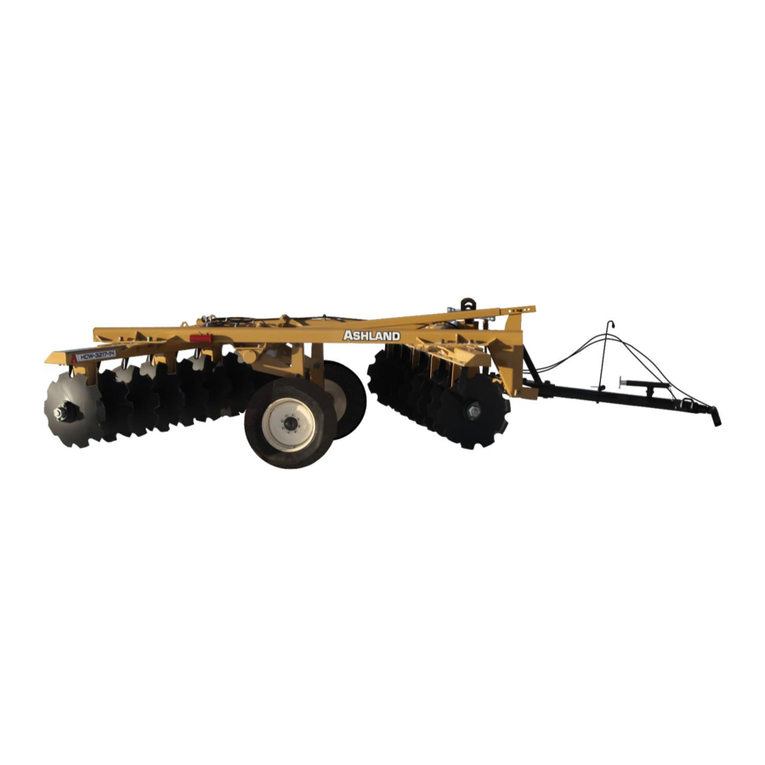
214286 vRevision C
List of Revisions .........................................................................................................................................i
Introduction.............................................................................................................................................. iii
Chapter 1: Safety .................................................................................................................................... 1
1.1 Safety Alert Symbols ............................................................................................................................1
1.2 Signal Words .......................................................................................................................................2
1.3 General Safety.....................................................................................................................................3
1.4 Maintenance Safety .............................................................................................................................5
1.5 Hydraulic Safety...................................................................................................................................6
1.6 Welding Precaution ..............................................................................................................................7
1.7 Safety Signs ........................................................................................................................................8
1.7.1 Installing Safety Decals ...............................................................................................................8
1.8 Safety Sign Decals...............................................................................................................................9
Chapter 2: Assembly Instructions.................................................................................................... 11
2.1 Removing Swath Compressor from Shipping Crate .............................................................................. 11
2.2 Installing Swath Compressor on M1 Series Windrower .........................................................................15
Chapter 3: Operation ........................................................................................................................... 27
3.1 Activating the Swath Compressor........................................................................................................27
3.2 Operating the Swath Compressor........................................................................................................29
3.2.1 Setting up the Swath Compressor ..............................................................................................31
3.2.2 Programming One-Touch-Return................................................................................................32
3.2.3 Adjusting Down Force ...............................................................................................................32
3.2.4 Adjusting Side Deflectors ...........................................................................................................33
3.2.5 Operating the Swath Compressor Lock .......................................................................................34
3.3 Removing the Swath Forming Shield ...................................................................................................35
Chapter 4: Parts .................................................................................................................................... 37
4.1 Swath Compressor Frame –Parts List.................................................................................................38
4.2 Swath Compressor Hydraulics and Supports –Parts List ......................................................................42
4.3 Decals...............................................................................................................................................46
Chapter 5: Reference ........................................................................................................................... 49
5.1 Torque Specifications .........................................................................................................................49
5.1.1 Metric Bolt Specifications ...........................................................................................................49
5.1.2 Metric Bolt Specifications Bolting into Cast Aluminum ..................................................................51
5.1.3 O-Ring Boss (ORB) Hydraulic Fittings (Adjustable) ......................................................................52
5.1.4 O-Ring Boss (ORB) Hydraulic Fittings (Non-Adjustable)...............................................................54
5.1.5 O-Ring Face Seal (ORFS) Hydraulic Fittings ...............................................................................55
5.1.6 Tapered Pipe Thread Fittings .....................................................................................................56
5.2 Conversion Chart...............................................................................................................................57
TABLE OF CONTENTS
